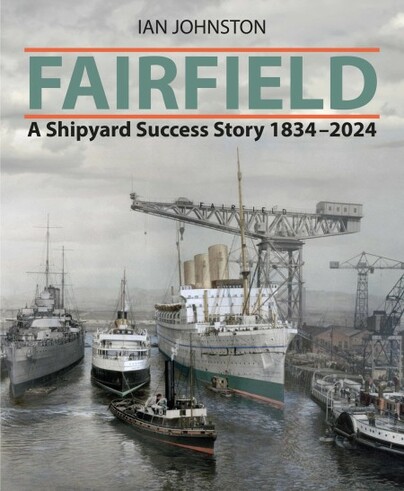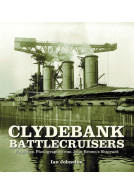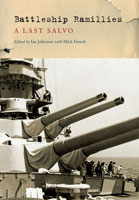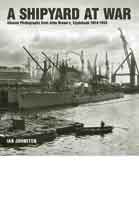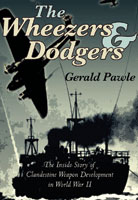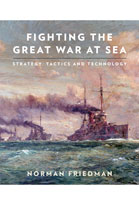Fairfield (Hardback)
A Shipyard Success Story 1834 - 2024

Pages: 256
Illustrations: 200 Mono integrated
ISBN: 9781399089661
Published: 17th December 2024
(click here for international delivery rates)
Need a currency converter? Check XE.com for live rates
One of the great names in British industrial history, the Fairfield Shipbuilding & Engineering Co Ltd, Govan, Glasgow, was always associated with innovation – particularly the development of the compound steam engine which brought great fuel efficiency to deep sea transportation and led to the ubiquitous triple expansion steam engine. Through the design and construction of record-breaking Atlantic liners and their machinery for the Guion and Cunard companies, by the late nineteenth century Fairfield had become the most important shipyard and marine engine works in the world. Admiralty contracts for all classes of warship followed, notably during the world wars and as a lifeline during the depression of the 1920s and early 1930s. However, the Fairfield yard was probably best known for building magnificently appointed intermediate liners, among them a series of Empress liners for Canadian Pacific.
From the late 1950s onwards as shipbuilding in Britain began a steady decline, Fairfield, one of the most modern yards in Europe with a large order book, hit the headlines this time not for the launch or completion of a ship but by declaring insolvency in 1965. The next 35 years, much of it under state ownership, were characterised by various name changes and campaigns to keep the yard open. With its traditional market for 'high class' tonnage gone and no longer designated a warship yard, new commercial markets had to be found. When this struggle for survival seemed to be all but over and the virtual elimination of the commercial shipbuilding industry in Britain now complete, BAE Systems acquired the yard in 2000 bringing with it stability and continuity. A major warship-builder once more, the former Fairfield yard has been heavily involved in the Type 45 destroyer programme, the production of major blocks for the Queen Elizabeth class aircraft carriers, the five River class Offshore Patrol Vessels and currently with the Type 26 frigate programme. With the skyline of Glasgow soon to be transformed once BAE Systems completes its next-generation ship construction hall, capable of building two Type 26 frigates side by side under cover, the future looks bright for the last of the great Clyde shipyards.
"This is a brilliantly researched book with some excellent historical photographs and I would very highly recommend it to our readers."
Shipping, Today & Yesterday - May 2025
"This is a well-illustrated book of high print quality that will appeal to readers with a wide range of naval interests. It gives good descriptions of how the early steam machinery was constructed, how generations of ships were built and fitted out and brings readers right up to date with accounts backed up by drawings and photographs that show how the latest techniques of block construction that the yard used in the construction of Queen Elizabeth class aircraft carriers, Daring class destroyers and Type 26 frigates. The author’s drawings of the yard layout, individual ships and cranes add further value to this detailed and informative book. It will appeal to readers with a wide range of naval interests, not just those centred on the shipbuilding industry, and I thoroughly recommend."
Australian Naval Institute
Read the full review here
Ian Johnston has a fine reputation as a writer about the great shipyards and shipbuilding. With this book about Fairfield he has completed the Upper Clyde ‘big three’ trilogy of John Brown and Beardmore and Fairfield.
Nigel Denchfield - IPMS Battleship Group.
Every aspect of the yard is covered in chronological order, and the wealth of detail is fantastic. As with the other books, it is possible to trace the ups and downs and survival-or not- of the shipbuilding industry in this country.
The book is illustrated with many excellent photographs of the ships being built, and the completed versions. It does make you wonder just how the amazing workforce actually dealt with the heavy and complex engineering involved.
Ian highlights the many superb ships built by the yard and takes it into the current era. He has created another wonderful piece of industrial history that is well worth reading.
About Ian Johnston
IAN JOHNSTON is a well-known authority on Clydeside shipbuilding and the historian of both John Brown’s and Beardmore’s. His training as a graphic designer is to be seen in the superb choice of photographs from the John Brown collection in Clydebank Battlecruisers and A Shipyard at War. This new book is a labour of love as Ian’s father worked for Thermotank, whose achievements he felt deserved wider public recognition.







